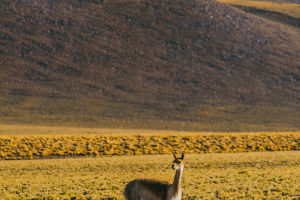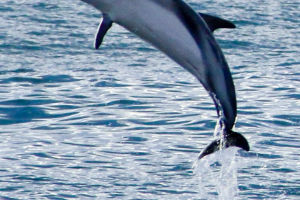In the grand theater of nature, wetlands stand out as enigmatic and dynamic ecosystems. Within this vast expanse of wetlands, the swamp harrier emerges as a singular and elegant hunter.
With its distinct ecological role and graceful aerial prowess, the swamp harrier assumes the mantle of guardian over these swampy domains.
The swamp harrier, a medium-sized raptor, predominantly frequents open expanses like wetlands, swamps, rice fields, and grasslands. Characterized by its slender frame and expansive wingspan, it glides through the air with effortless grace, akin to a regal dancer performing in the sky.
Sporting diminutive heads, sharply curved beaks, and elongated, robust tails, swamp harriers embody the quintessential image of proficient predators.
Within wetland ecosystems, swamp harriers play a pivotal role. They serve as linchpins in the wetland food web, preying primarily on small mammals, birds, insects, and amphibians. By regulating the population of rodents and insects within wetlands, swamp harriers contribute significantly to the ecosystem's equilibrium.
Renowned for their graceful aerial displays, swamp harriers epitomize elegance in flight. Their soaring manoeuvres, marked by hovering, gliding, and swooping at low altitudes, evoke the image of an artist painting the sky with finesse.
Armed with keen eyesight and unparalleled aerial dexterity, swamp harriers effortlessly ensnare evasive prey. Beyond mere hunting, the flight prowess of swamp harriers assumes significance in courtship rituals and territorial defence.
During the breeding season, male swamp harriers court females by showcasing their aerial acrobatics and resplendent plumage.
Once paired, they collaborate in nest-building endeavours and nurture their offspring. In territorial disputes, swamp harriers engage in aerial skirmishes and spirited confrontations to safeguard their domains against rival raptors. They meticulously select secluded wetland pockets to construct nests, intricately weaving together dead grass, twigs, and assorted plant materials to provide warmth and shelter for their progeny.
Despite their crucial role in wetland ecosystems, swamp harriers confront myriad survival challenges. Habitat degradation, rampant pesticides, and human interference pose existential threats to swamp harriers. Wetland development and pollution engender habitat loss and degradation, imperilling the swamp harrier's existence. Furthermore, illegal hunting and anthropogenic disturbances exacerbate the plight of swamp harrier populations.
To safeguard the swamp harrier and its ecological milieu, concerted conservation efforts are imperative.
Firstly, bolstering wetland preservation and restoration initiatives is paramount to safeguarding swamp harrier habitats and ensuring adequate food resources and secure breeding grounds. Secondly, fostering environmental education and advocacy endeavours is essential to heighten public awareness and engender a collective commitment to conserving wetland ecosystems and their biodiversity. Finally, stringent enforcement of legislation and regulations is indispensable to combat illegal hunting and mitigate wetland degradation, thereby upholding the lawful rights and ecological integrity of swamp harriers.
Swamp harriers stand as stalwart sentinels of wetland ecosystems. Through their graceful flight and ecological significance, they embody the essence of hunters and performers within wetlands. Yet, confronted with an array of challenges, it falls upon each of us to champion the cause of these captivating and enigmatic creatures, ensuring the preservation of wetland ecosystems in all their splendour.
May our endeavours propel the swamp harrier to soar ever higher, enriching the tapestry of nature with its beauty and diversity.


